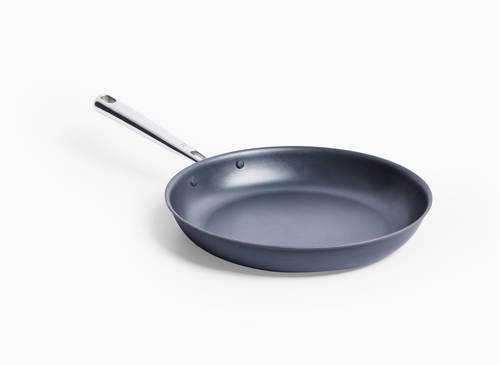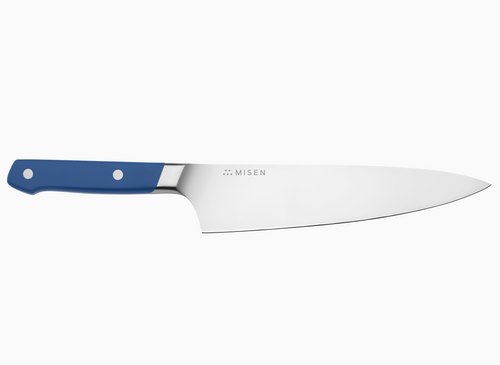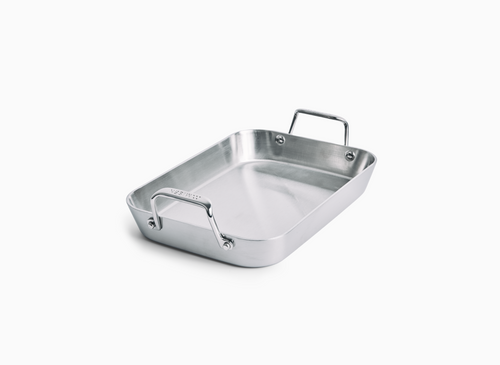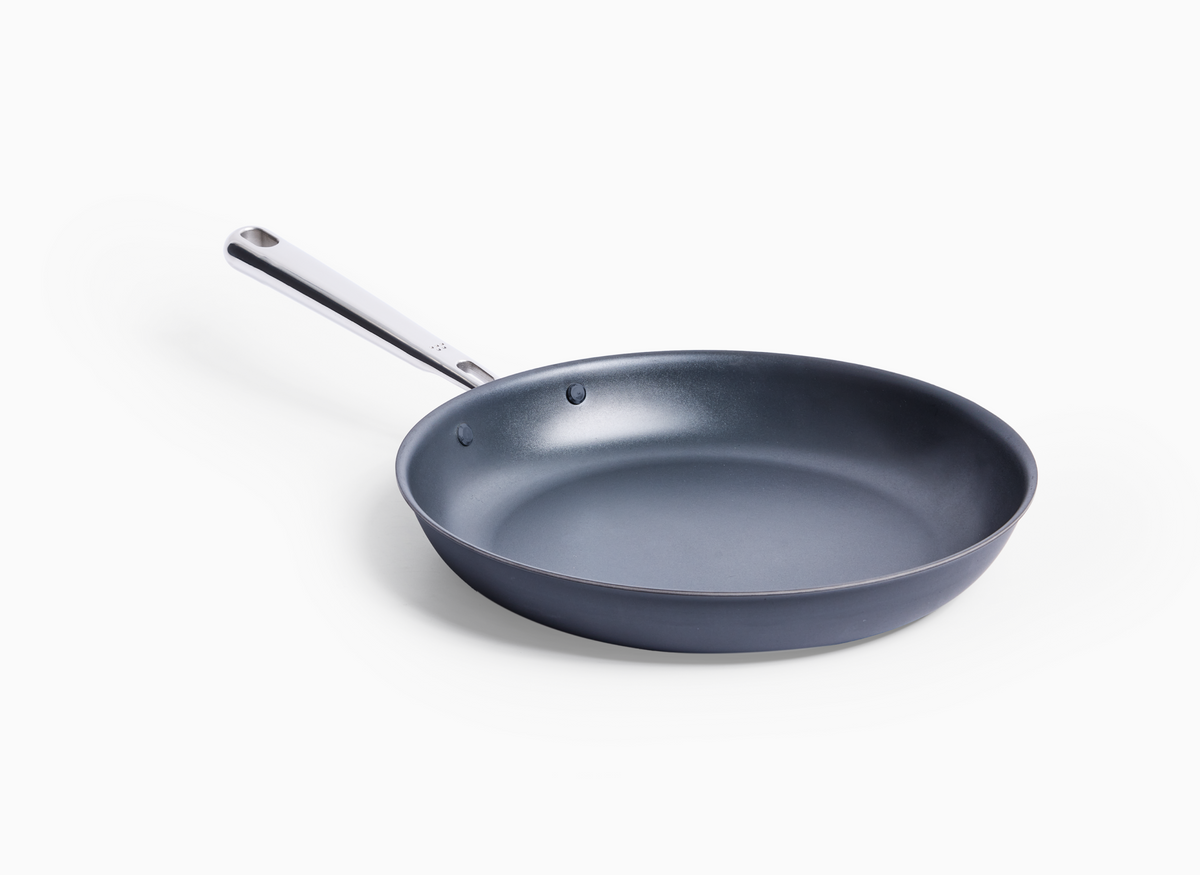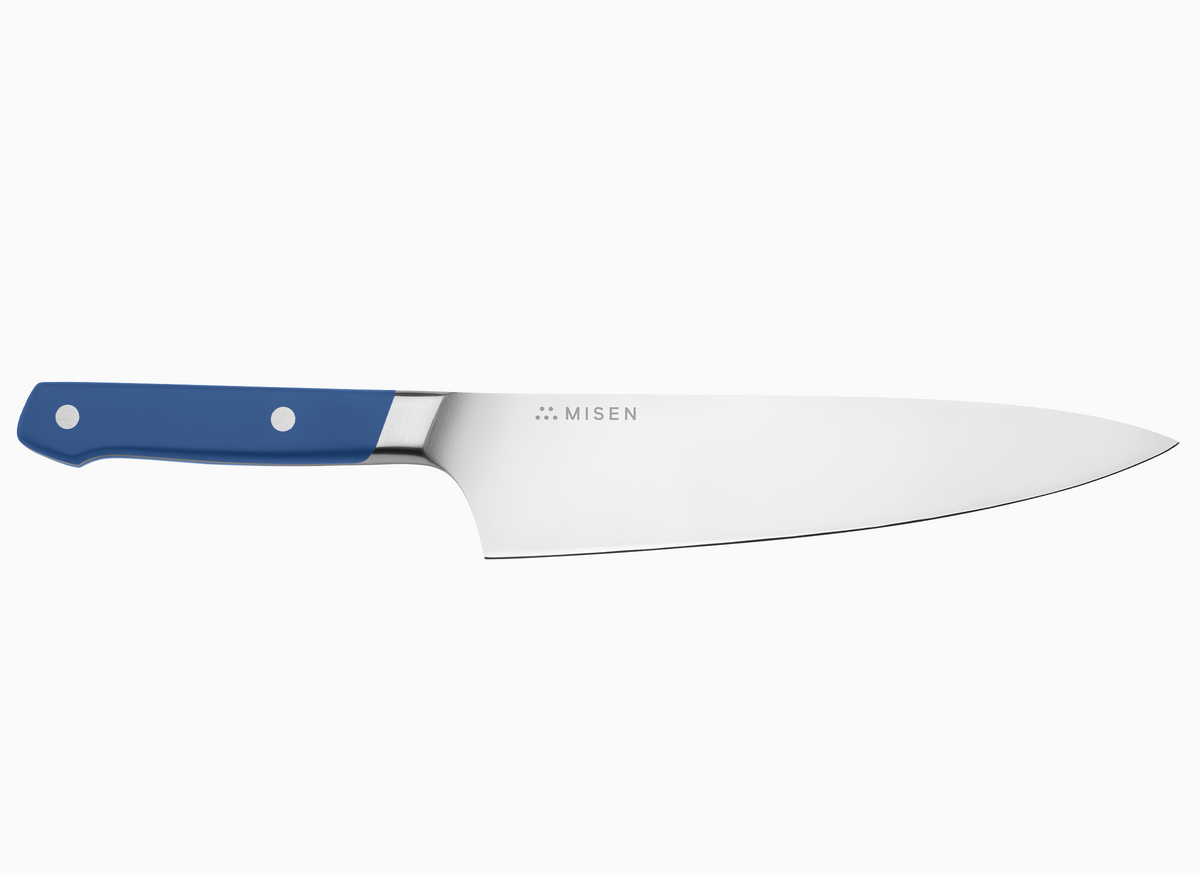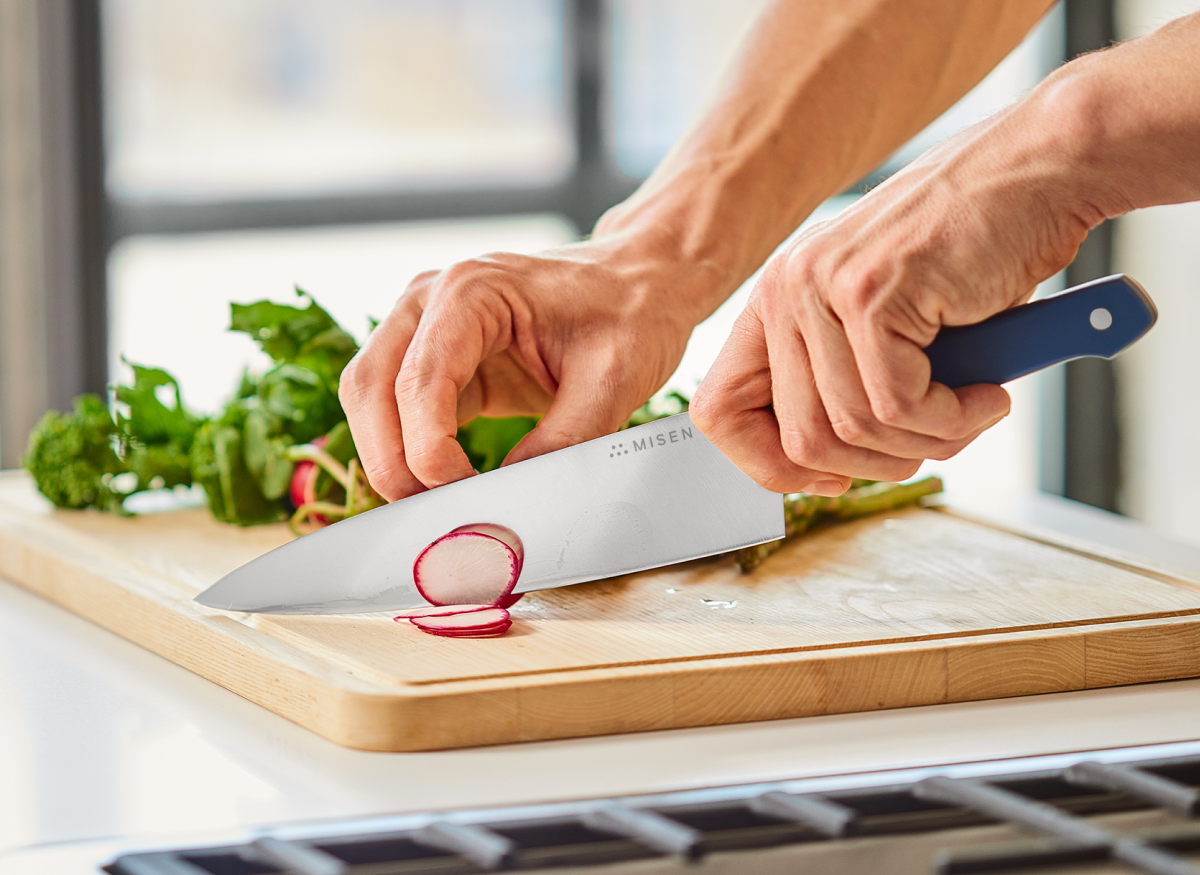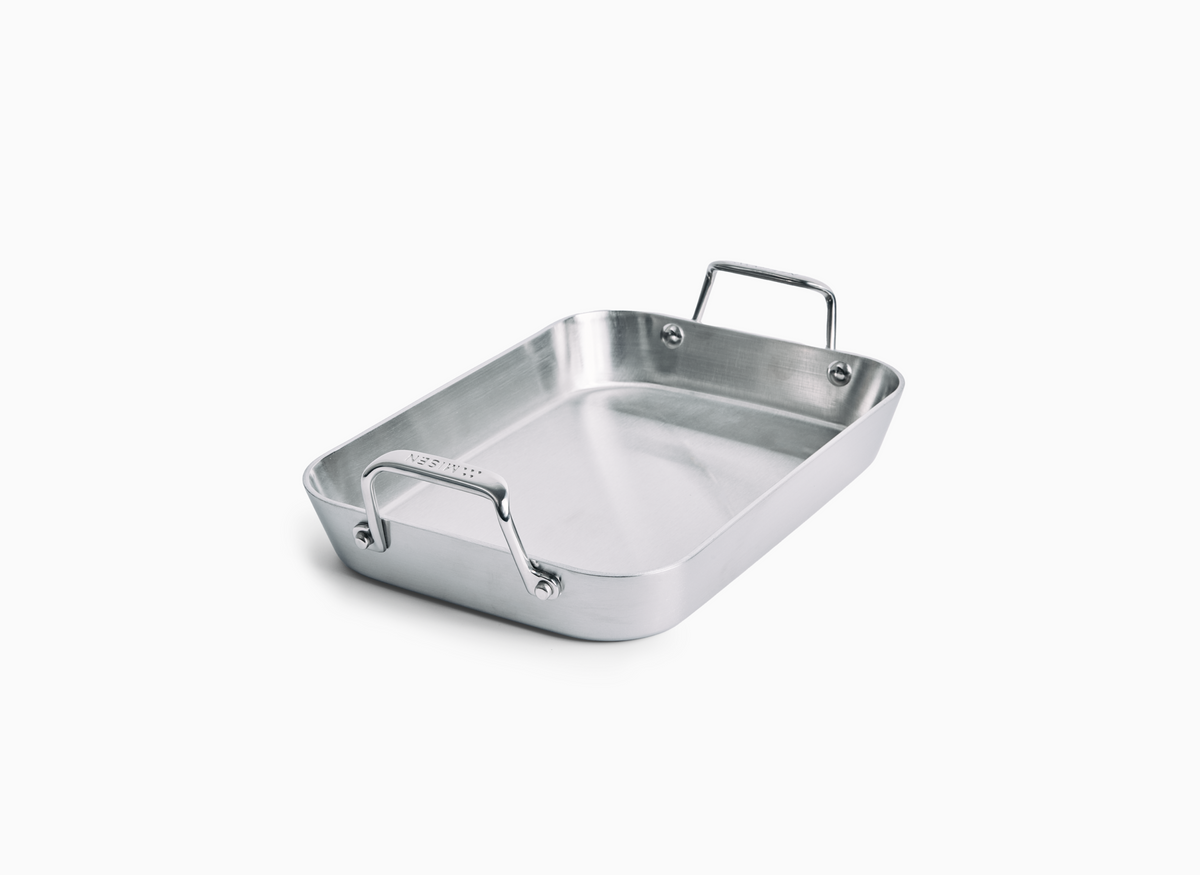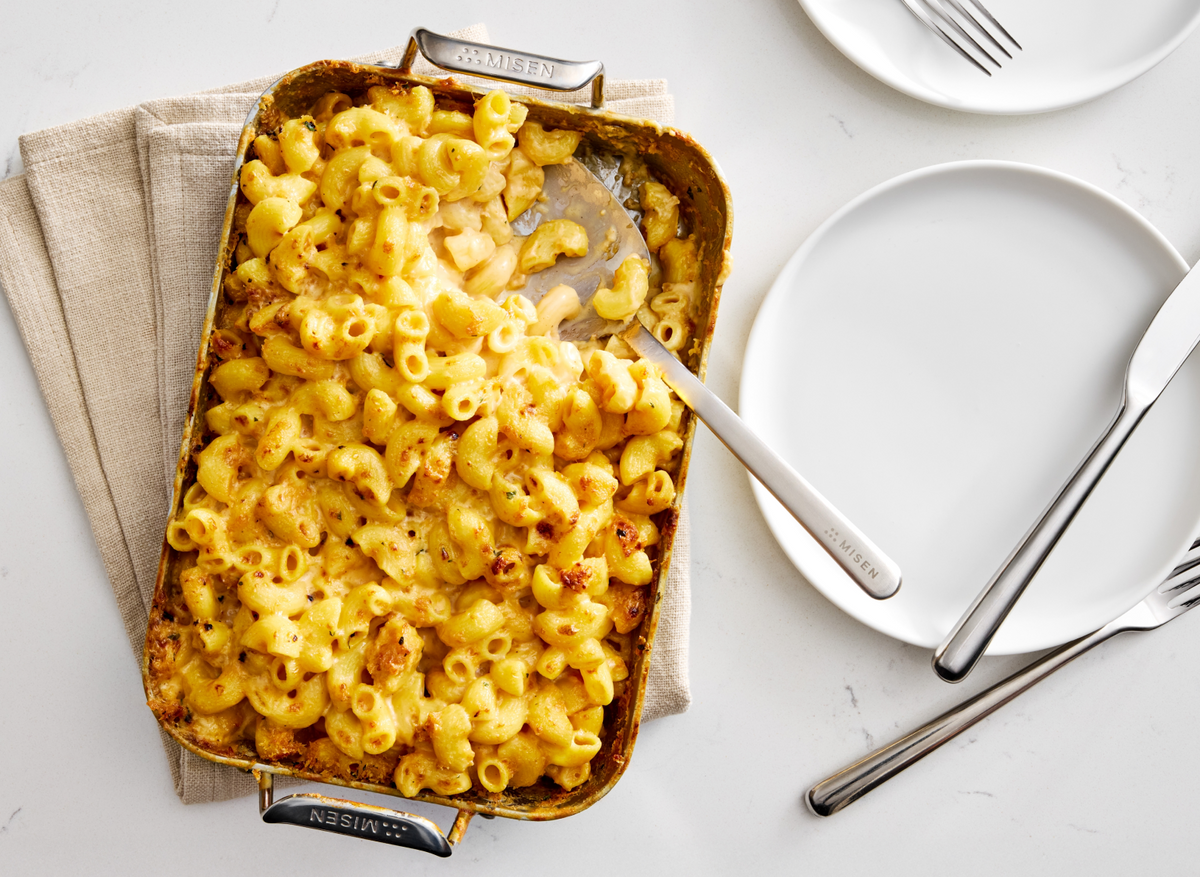How to Cut a Cabbage Head: Step-by-Step Guide

Cutting cabbage effectively requires understanding different varieties, selecting the right tools, and employing proper techniques. This guide provides comprehensive instructions on preparing cabbage for various dishes, from coleslaw to stir-fries, ensuring you get the most out of this versatile vegetable.
Understanding Cabbage Varieties and Selection
Types of cabbage and their characteristics
Cabbage comes in four main varieties, each with unique characteristics suited to different culinary applications. Green cabbage, with its dense, round heads and mild flavor, excels in coleslaw and sauerkraut. Red cabbage offers a more robust taste and vibrant color, perfect for adding visual appeal to dishes. Savoy cabbage, known for its tender, ruffled leaves, works well in salads and wraps. Napa cabbage, with its elongated shape and delicate flavor, is ideal for stir-fries and kimchi[1].
Choosing the right cabbage for your recipe
Selecting the appropriate cabbage variety is crucial for achieving the desired texture and flavor in your dishes. Green cabbage's sturdy leaves hold up well during extended cooking, making it ideal for cabbage rolls and long-cooking dishes. Red cabbage adds striking color but requires acidic ingredients to maintain its hue. Savoy cabbage's pliable leaves are perfect for quick-cooking methods and wraps. Napa cabbage's delicate nature suits raw applications or brief cooking times[2].
Proper storage and preparation before cutting
To maintain cabbage freshness, store whole heads in a plastic bag in the refrigerator's crisper drawer for up to two months. Before cutting, remove any wilted outer leaves and rinse the head under cold water. For cut cabbage, store in a breathable bag with paper towels to absorb excess moisture. When preparing for raw dishes, use a salad spinner to thoroughly dry cut pieces, preventing dilution of dressings[3].
Essential Tools for Cutting Cabbage
Selecting the ideal knife for cabbage cutting
A sharp, well-balanced knife is crucial for efficient cabbage cutting. Choose a chef's knife or nakiri with a blade between 6.5-8 inches long. The blade should be thin yet sturdy enough to slice through dense cores. Look for handles that feel comfortable and balanced in your grip, as cabbage cutting requires sustained pressure[4].
Using a mandoline for uniform slices
A mandoline can deliver precise, uniform cabbage slices while reducing prep time. Set the blade thickness to 2-3mm for optimal texture. When using a mandoline, always prioritize safety by using the hand guard and considering cut-resistant gloves for added protection[5].
Additional tools to enhance cabbage preparation
While a sharp chef's knife remains the most practical option for most home cooks, specialized tools can streamline cabbage preparation for larger quantities. A food processor with a slicing disc attachment handles large batches efficiently, though setup and cleanup time may outweigh benefits for small amounts[6].
How to Cut a Cabbage Head: Step-by-Step Guide
Removing outer leaves and washing the cabbage
Begin by inspecting your cabbage head and removing any wilted or discolored outer leaves. Rinse the cabbage thoroughly under cold running water, paying special attention to areas where dirt might collect. Pat the head dry with paper towels to prevent slipping while cutting[7].
Quartering the cabbage and removing the core
Place the cabbage on a sturdy cutting board with the stem end down. Using a sharp chef's knife, cut straight down through the center of the cabbage from top to stem, creating two equal halves. Place each half cut-side down and slice again, resulting in four equal wedges. For each quarter, make an angled cut to remove the dense, inedible core[8].
Slicing techniques for various cabbage dishes
After removing the core, tailor your cutting technique to your recipe. For shredded cabbage ideal for coleslaw, slice crosswise into thin ribbons about 1/8-inch thick. For stir-fries and soups, chop the wedges into 1-inch uniform squares. When using napa cabbage, separate the leaves into two stacks after quartering, pressing them flat before slicing[9].
Specialized Cutting Techniques for Different Recipes
Shredding cabbage for coleslaw and salads
For coleslaw and salads, aim for precise, uniform shreds that deliver ideal texture and mouthfeel. After quartering and coring, place each wedge flat-side down and slice lengthwise for shorter shreds or crosswise for longer ribbons. A mandoline produces the most consistent results, creating perfect strands that absorb dressing evenly while maintaining crunch[10].
Chopping cabbage for stir-fries and soups
For stir-fries and soups, cut cabbage into uniform pieces that cook evenly while maintaining texture. After quartering and coring, slice into 1-inch strips lengthwise, then cut crosswise to create roughly 1-inch squares. These larger chunks hold their shape during cooking while absorbing flavors from broths and sauces[11].
Creating cabbage wedges for roasting or grilling
For roasting or grilling, cut cabbage into thick, uniform wedges that hold together during cooking. After quartering the head, slice each quarter lengthwise through the core into 1 to 1.5-inch wedges. Keeping the core intact helps prevent leaves from separating during high-heat cooking methods[12].
Preserving and Storing Cut Cabbage
Proper storage methods for cut cabbage
To maintain freshness and prevent oxidation, store cut cabbage in an airtight container or wrap tightly in plastic, then place in your refrigerator's crisper drawer. Add a paper towel to absorb excess condensation. For shredded cabbage, use a sealed plastic bag or container and store in the coldest part of your fridge. Both cut and shredded varieties stay fresh for 2-3 days when properly stored[13].
Freezing cabbage for long-term use
Freezing extends cabbage storage up to 12 months when done properly. Blanch cut pieces in boiling water for 1-2 minutes to preserve color and nutrients, then immediately plunge into ice water. After thoroughly drying, pack portioned cabbage into airtight freezer bags or containers, removing as much air as possible before sealing[14].
Tips for maintaining cabbage freshness and crispness
Keep cut cabbage crisp by maintaining consistent temperature and humidity levels. Store shredded or chopped cabbage in containers lined with paper towels, replacing them daily to absorb excess moisture. For whole heads, leave outer leaves intact until use, as they act as natural moisture barriers[15].
When it comes to versatile cooking tools that complement your cabbage preparation, consider adding a carbon steel wok to your kitchen arsenal. Its high heat retention and naturally non-stick surface make it perfect for quick stir-fries and other cabbage dishes. You can find a quality carbon steel wok here.
Conclusion
In conclusion, mastering the art of cutting cabbage opens up a world of culinary possibilities. From crisp salads to hearty stews, properly prepared cabbage enhances a wide variety of dishes. To explore high-quality kitchen tools that can elevate your cabbage cutting and cooking experience, Shop Now and discover the difference that premium cookware can make in your kitchen.
- Different cabbage varieties suit specific dishes and cooking methods.
- A sharp, well-balanced knife is essential for efficient cabbage cutting.
- Proper storage and preparation before cutting extend cabbage freshness.
- Specialized tools like mandolines can enhance cabbage preparation.
- Tailoring cutting techniques to specific recipes yields optimal results.
- Fine Dining Lovers. (n.d.). Types of Cabbage and Their Characteristics.
- The Spruce Eats. (n.d.). Varieties of Cabbage.
- Fifteen Spatulas. (n.d.). How to Cut Cabbage.
- Serious Eats. (n.d.). Best Nakiri Knives.
- Make Sauerkraut. (n.d.). How to Slice Cabbage.
- Chef Talk. (n.d.). What is the Best Tool for Chopping Cabbage for Cole Slaw?
- Culinary Hill. (n.d.). How to Cut Cabbage.
- wikiHow. (n.d.). How to Core a Cabbage.
- Love and Lemons. (n.d.). How to Cut Cabbage.
- Serious Eats. (n.d.). Knife Skills: How to Shred Cabbage for Coleslaw.
- Seido Knives. (n.d.). How to Cut Cabbage.
- A Couple Cooks. (n.d.). Grilled Cabbage.
- The Natural Nurturer. (n.d.). How to Store Cabbage: Whole, Cut, or Shredded.
- Running to the Kitchen. (n.d.). Can You Freeze Cabbage?
- Real Simple. (n.d.). How to Store Cabbage.
